5 Best Natural Stones Suited For Singapore, According To Experts (Pros And Cons)
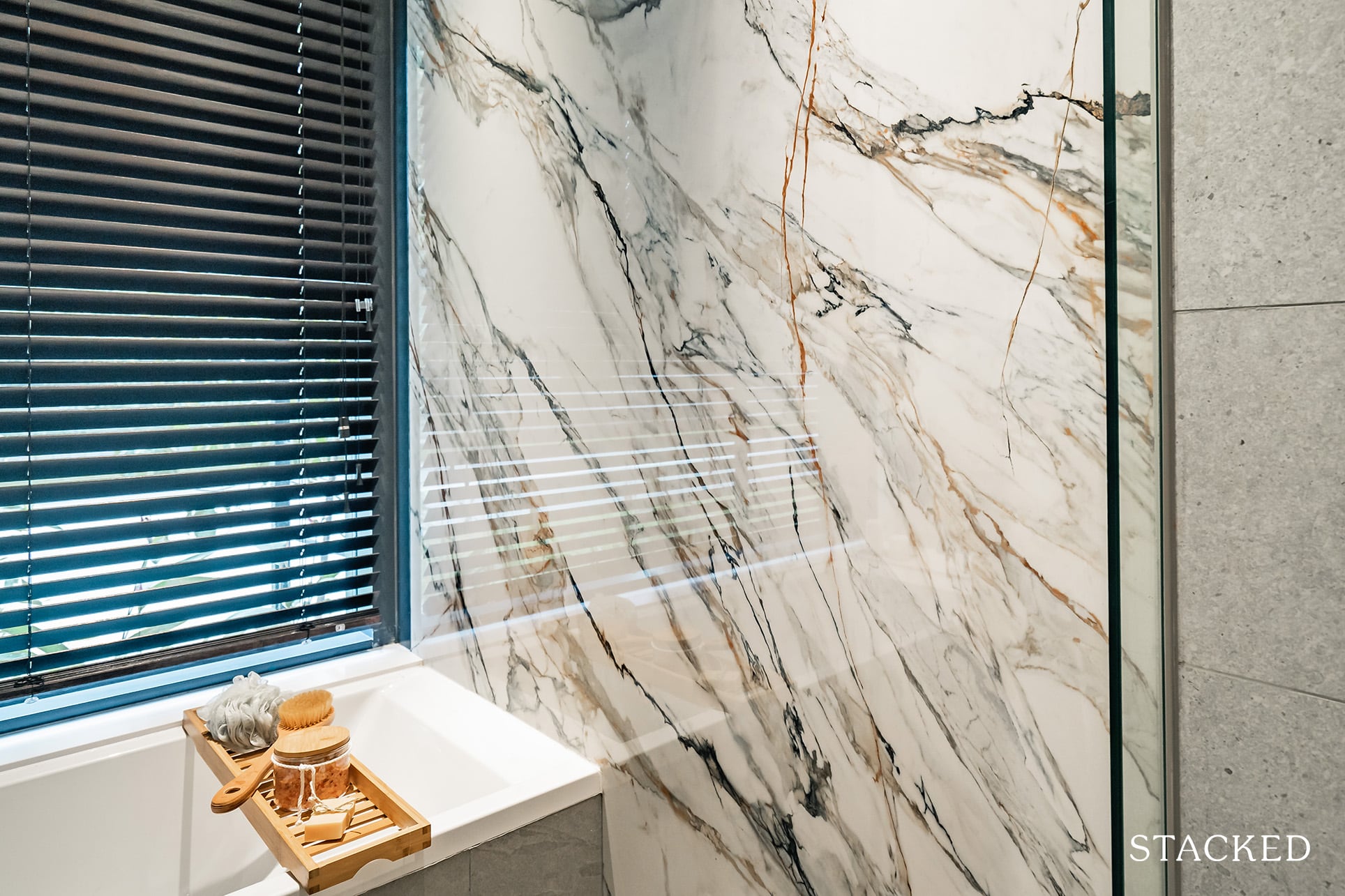
Get The Property Insights Serious Buyers Read First: Join 50,000+ readers who rely on our weekly breakdowns of Singapore’s property market.
Have you ever been to someone’s home, only to find that the space just doesn’t feel as luxurious in person?
The way the drawers close, the way the floor feels as you walk across it barefooted. Even the kitchen countertops just feel cheap to the touch.
There’s a simple reason for that, and that’s all down to the material used.
In a world where everything is about external appearances and looking good, sometimes people forget the other important qualities – it’s really all about a multi-sensory experience.
Of course, unless you are swimming in cash, not everyone can afford to have book-matched marble imported from Italy or the beautifully complex Van Gogh granite from Brazil.
What you ideally want is a material that balances the aspects of budget, function, longevity, and aesthetics.
And given the wide range of material types in the world, however, we’ve decided to narrow this down to just one today – and that is natural stones.
From the Pyramids of Giza, to the Taj Mahal – there’s a reason why many of the most iconic ancient monuments are made of natural stones – their durability and longevity is just unmatched.
So today, we’ll be introducing 5 different types of natural stones that are widely popular for home renovations in Singapore.
To help you make a better decision, we will also cover the benefits of each stone, where it falls short, and the recommended areas of usage.
Materials
1. ONYX
Onyx is a beautiful fine-grained stone highly sought after for its semi-translucent qualities. The rich layers of veining and a wide variety of colour attributes to its unique character, giving it an exotic and high-end look.
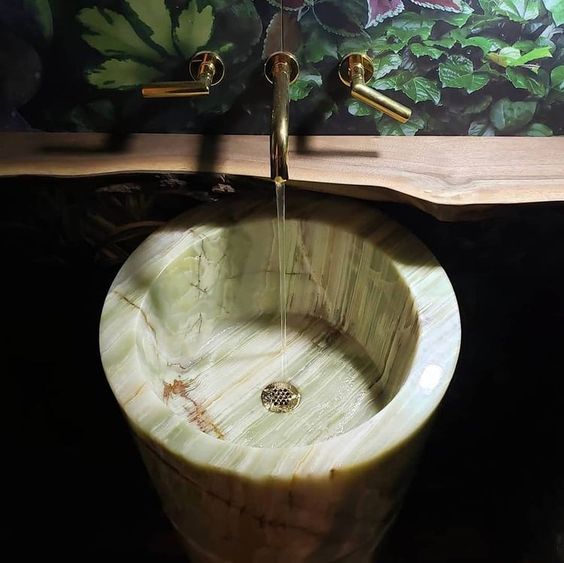
Reasons to use Onyx
- The patterns give off a luxurious high-end look.
- They are unique in design: Onyx comes in a variety of colours from yellow, to red, green and white.
- Works well with wood, steel, glass, and concrete.
Factors to Consider
- Onyx is a soft and fragile material that is prone to cracking. Hence it should be used selectively in low traffic areas. We would advise you to get the stone professionally installed.
- Onyx is suitable for walls and not for floor application.
- They are rare stones, which makes them more expensive than marble and granite.
- They are prone to staining.
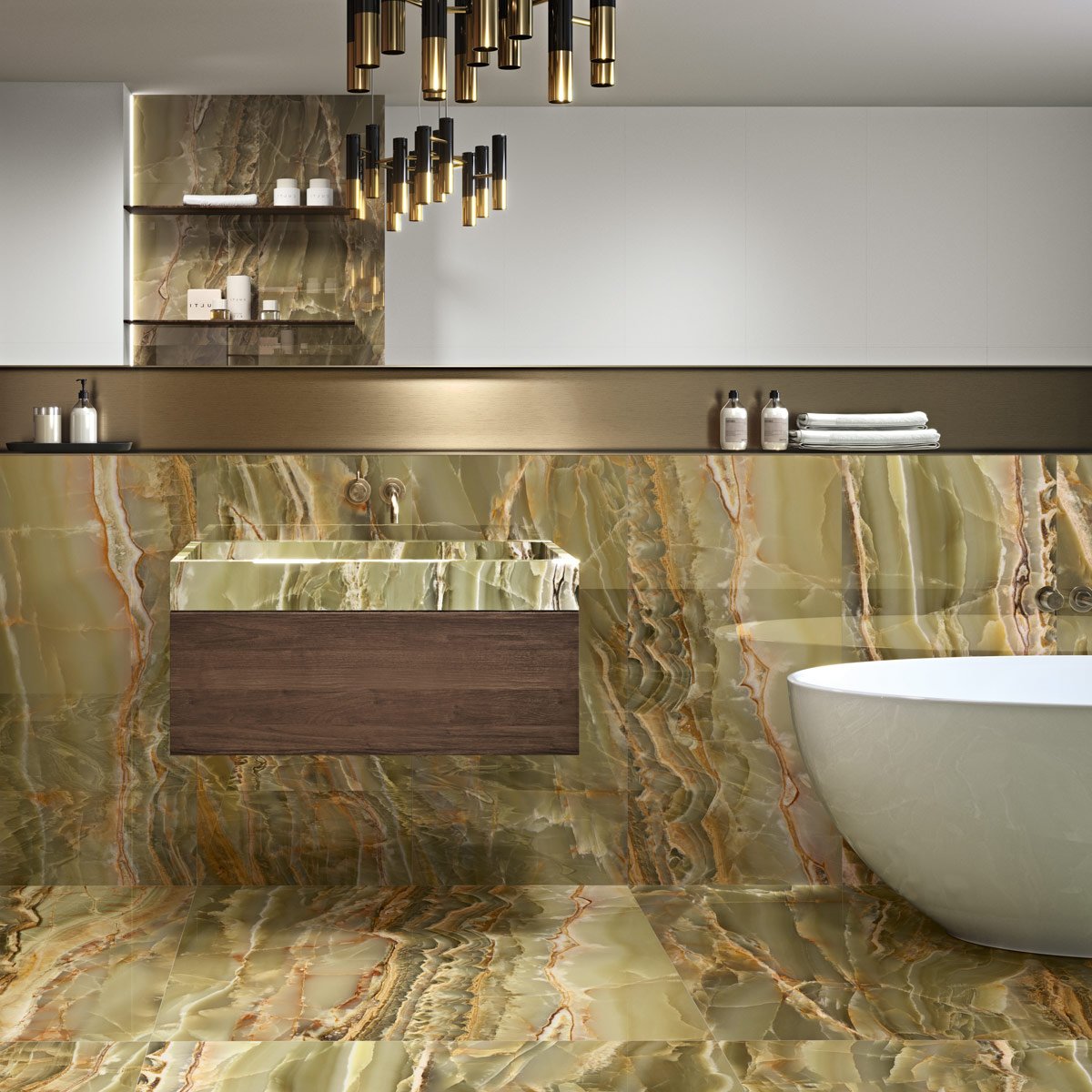
Recommended areas of use
- Backlight Installation: Backlighting not only enhances the look of onyx with its natural veins, but illuminates the space with dim ambient lighting.
- Decorative wall panels and backsplashes
- Bathroom vanity tops, modern sinks and even toilets
Maintenance tips:
Onyx requires periodic maintenance to retain its natural beauty. Do not use acid-based cleaners as they might corrode and etch the surface. You can use a simple soap and water solution to clean it and always use a soft brush to scrub the surface. Additionally, we would recommend to re-seal the stone surface every year.
2. Marble
Marble is probably the most well-known material in Singapore and probably needs little introduction. But in geeky terms, it is a metamorphic rock that forms when limestone is subjected to the heat and pressure of metamorphism. Marble has the largest variety of colour and veining and can be considered the most commonly used stone (in the world).
Marble is always an easy choice to add a modern and luxurious touch to a space, but can look tacky if used excessively.
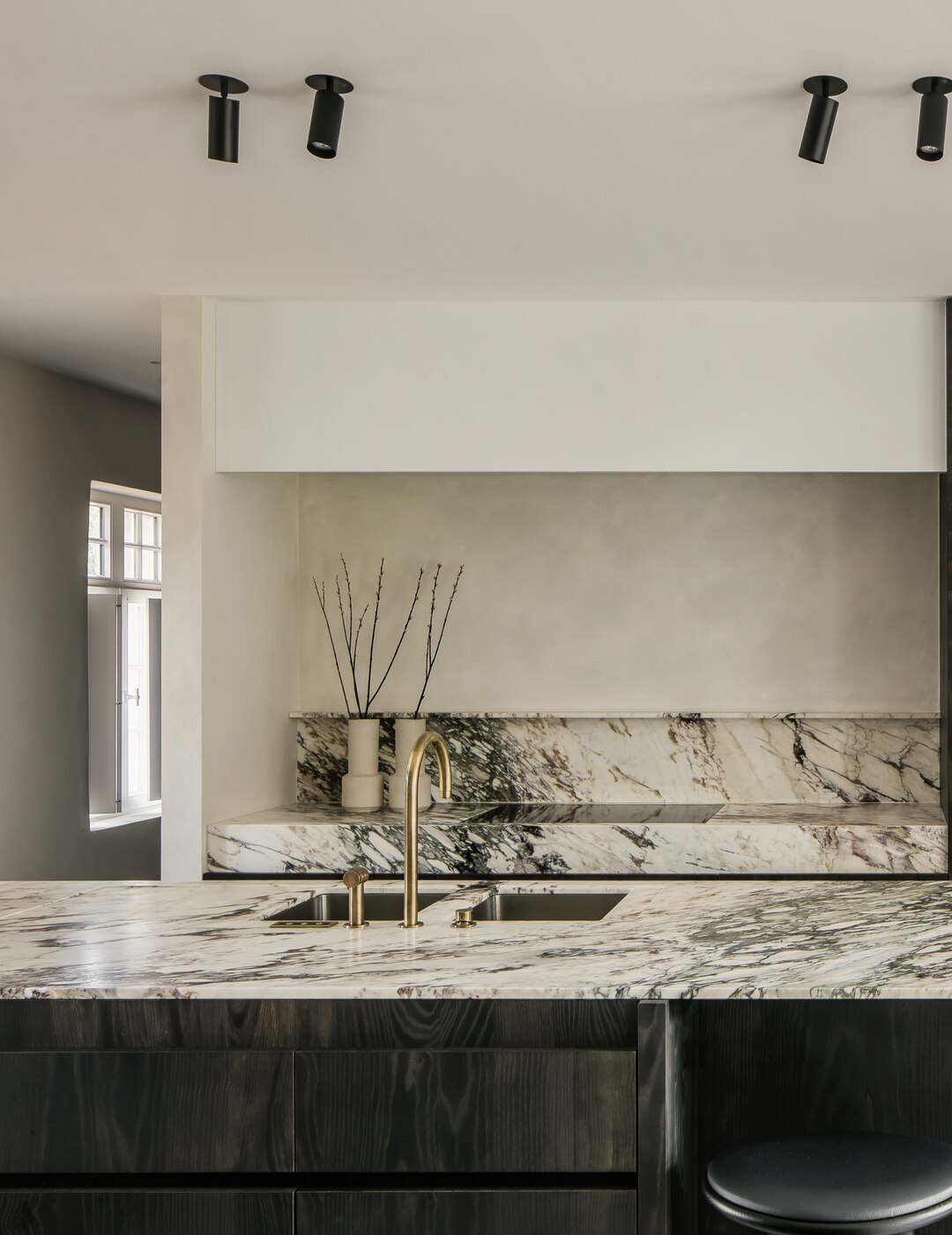
Reasons to use Marble
- They are acid and fire resistant
- They are tough and strong in nature
- Marble requires less maintenance than Onyx with its level of durability.
- They do not attract dust.
Factors to Consider
- Marble is expensive compared to other natural stones.
- Marble floors are very slippery when wet, increasing the chances of falling.
- Marble requires high maintenance such as regular polishing and sealing, as it stains and scratches easily.
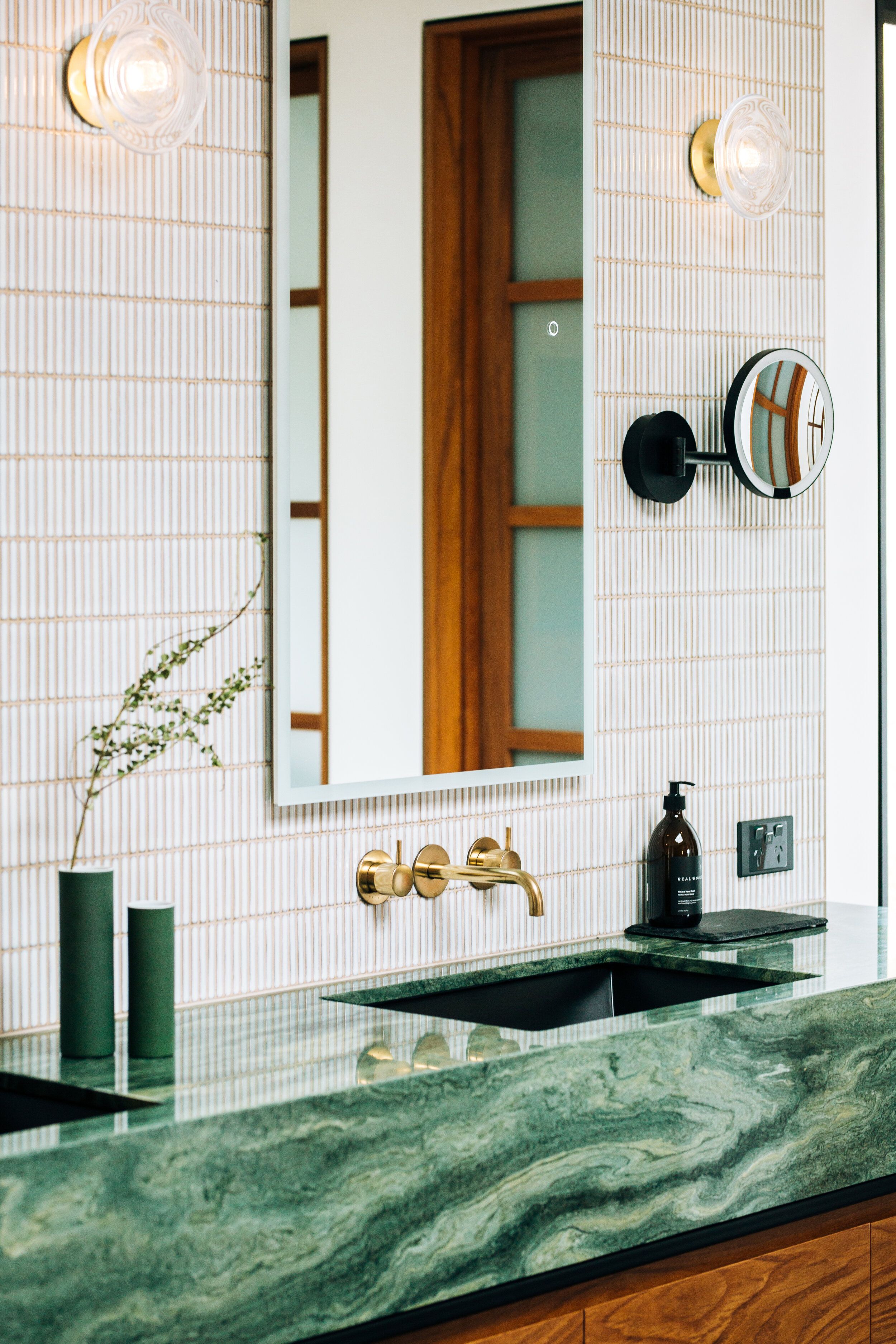
Recommended areas of use
- Table tops and kitchen counter tops
- Bathroom vanity, sinks and bathtubs
- Feature wall
- Stairs, flooring
Maintenance tips
Use 3 tablespoons of baking soda along with a generous amount of mild floor cleaning detergent mixed in 1 cup of warm water to clean instead of commercial agents. We would also recommend scrubbing the floor manually with a soft cloth or sponge instead of using a regular mop. Doing this will help you to zoom into areas with stains or debris.
3. Granite
Have you ever heard of Moh’s scale of mineral hardness? As you might have guessed, this scale is used to rank the durability and scratch resistance of various materials. So it might interest you to know that Granite ranks 7 on this scale (which is just 3 ranks down from diamond).
Put simply, if you are looking for something durable and strong this is definitely one to go for.
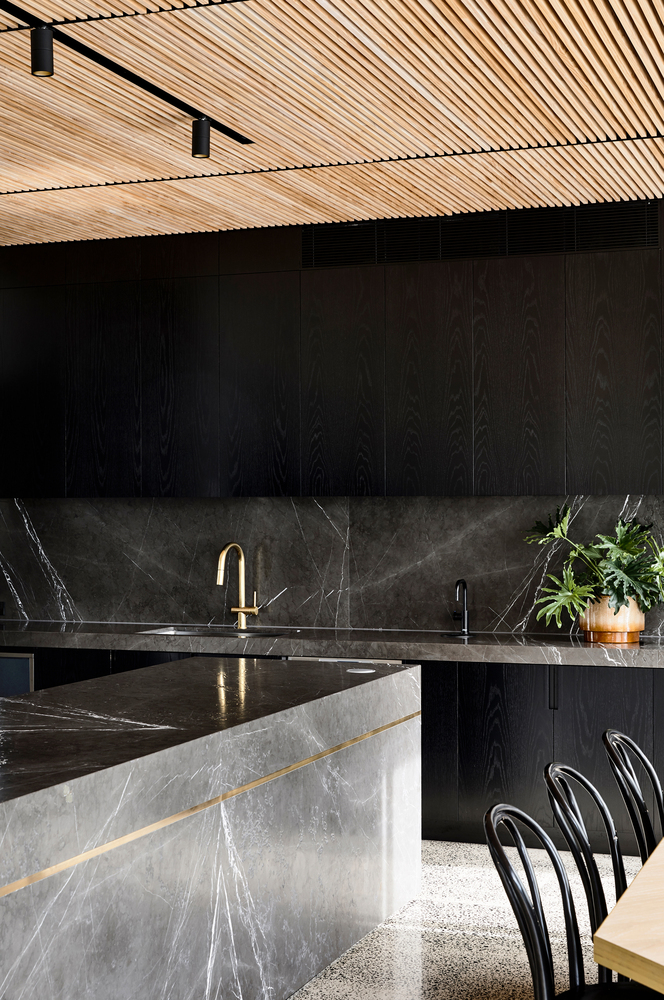
So Granite is a type of hard and compact igneous rock formed by quartz, feldspar and mica. It is the most versatile of all stones – being suitable for walls, floors, countertops and outdoor use. The aesthetics of granite is affected by how it is extracted, processed, and finished; and is available in thousands of colours and textures.
Reasons to use Granite
- Granite adds a touch of elegance and timelessness to the interior. Its unique surface and detail also makes it super versatile.
- With an ability to withstand high pressure and abrasion, Granite is a durable stone with low porosity.
- Granite is easy to clean and repair. There is no need to stress about spillages and staining.
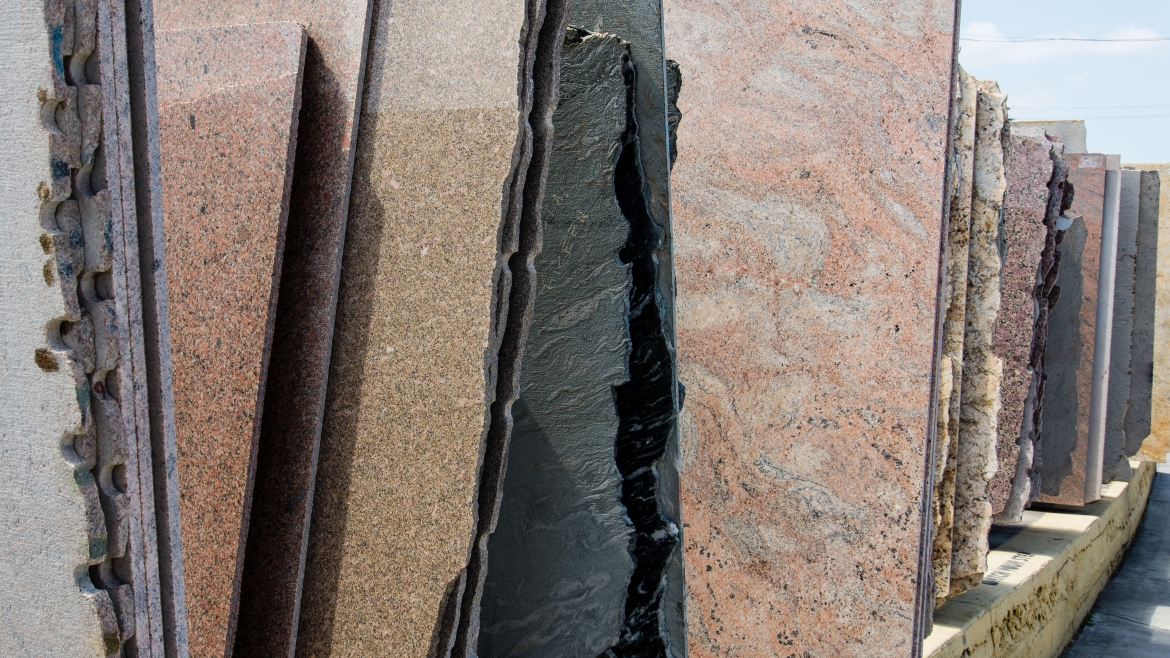
Factors to Consider
– Granite can be expensive and comes at a variety of price points. However, there are plenty of affordable granite options for those working under tight budgets.
- Heavy granite slabs may require extra support
- Granite can emit small amounts of beta and gamma radiation.
Recommended areas of use
- Bathroom/living room and corridor floors
- Kitchen Countertops and Backsplash
- Bathroom walls, vanity tops & sinks.
Maintenance tips
Avoid using cleaning agents, such as glass cleaner, bleach or any other abrasive chemicals to clean the granite surface. As it will degrade the sealer with time, making it more prone to staining. The best part? You can just use a simple soap and water solution to clean the surface.
4. Limestone
Here’s an interesting fact for you: Did you know that every slab of marble that you see out there actually used to be Limestone?
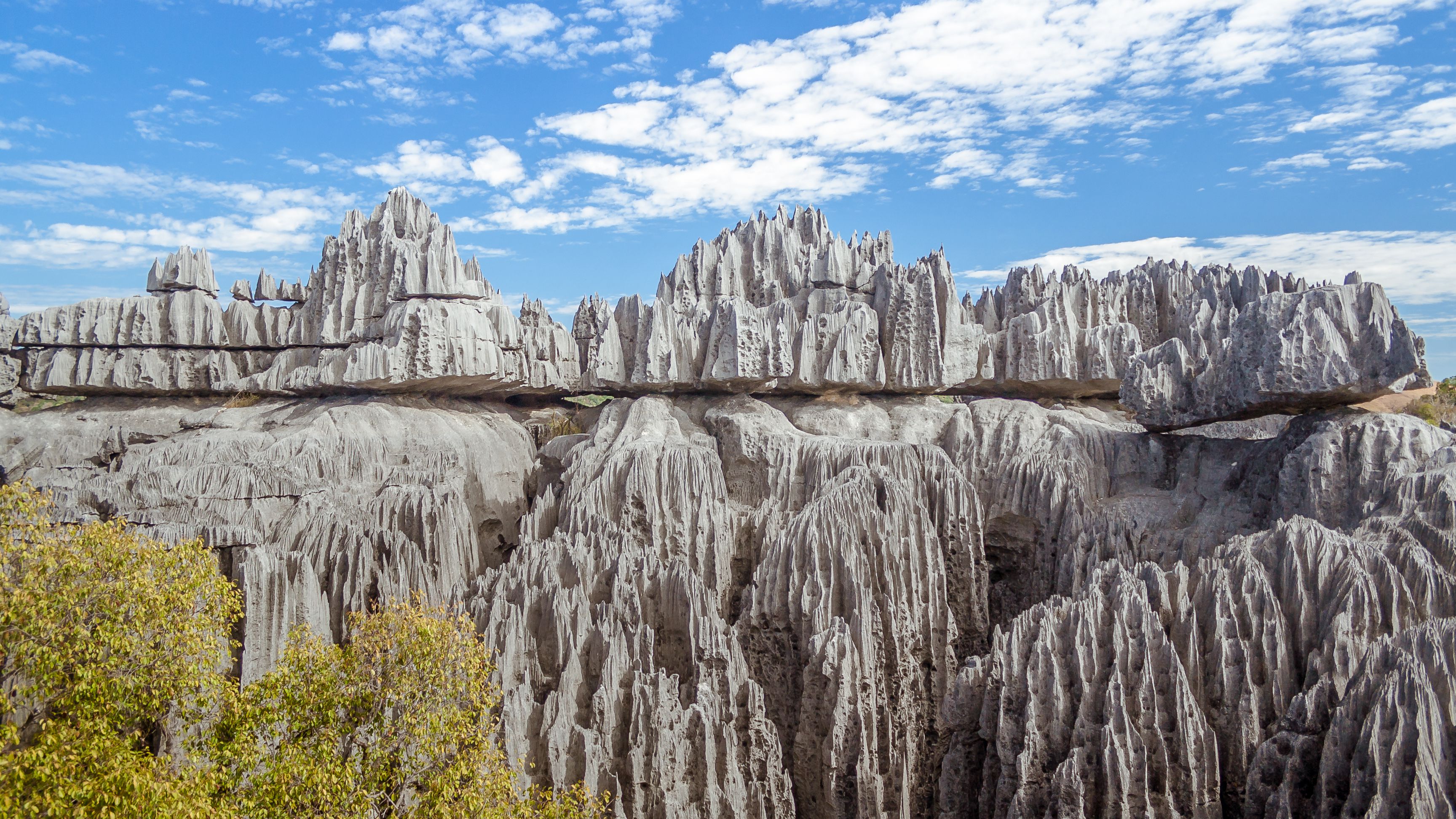
So Limestone can be formed in two ways. First, it is formed in shallow parts of the sea, where skeletal debris from organisms breaks down and accumulates over time. It can also be formed in caves through the evaporation of water. Thus when Limestone is exposed to high temperatures and pressures, it forms into marble instead – almost like the metamorphosis of a caterpillar into a butterfly, if you will.
Pure Limestone can come in an off white tone but can be produced in different colours, such as cream, black, gold, brown, pink and red. It is an extremely versatile material and is known for its high strength, durability and resistance to corrosion.
Reasons to use Limestone
- They are a great conductor of heat and help to keep the interior cool.
- They are eco-friendly and do not contain any harmful chemicals
- They last for a longer period compared to tiles, laminates, or carpets. Which makes it a good investment in the long run if properly maintained.
- They are not flammable.
Factors to Consider
- Limestone is a porous stone and can chip easily compared to other stones. Hence, they are not suitable for places with high foot traffic such as hallways or commercial kitchens.
- Stains easily
- Can be quite heavy in weight compared to other tiles.
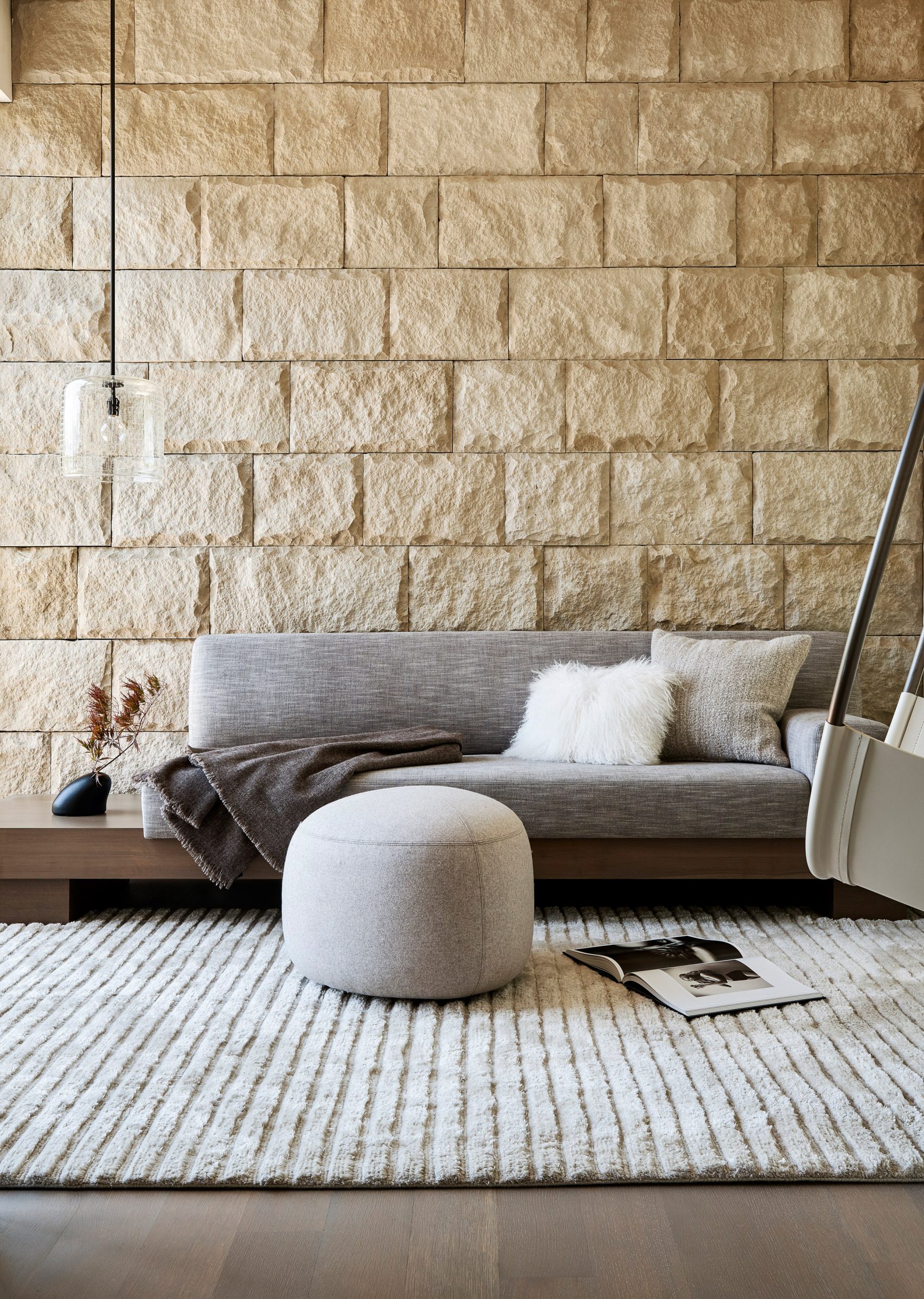
Recommended areas of use
- Flooring
- Kitchen tops
- Feature walls
Maintenance tips
As Limestones are natural absorbents, heavy liquid contact may result in reactions including oxidation, peeling or staining. However, if you take care of your tiles and seal it regularly, they will last for generations. Like granite, you can use lukewarm water and a soft piece of cloth to clean the tiles.
5. Travertine
Travertine is a form of limestone deposited by mineral springs, especially hot springs. It is naturally porous and its existing holes can be left untouched or filled with synthetic resin or cement. It is outdoor friendly and suitable for both wall and floor application.
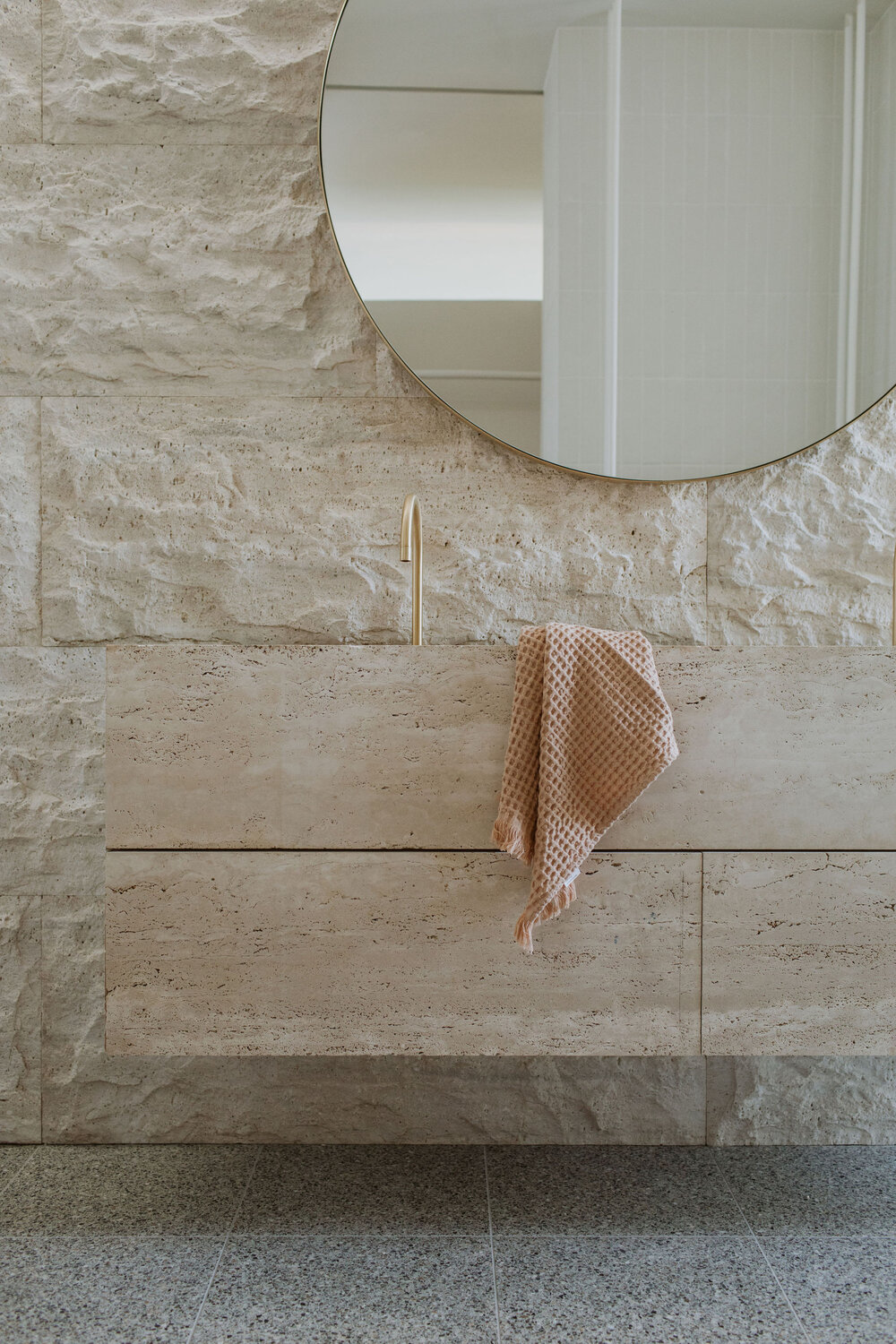
Reasons to use Travertine
- They add an elegant touch to the interior
- Travertine tiles can stand up to high traffic and is also moisture resistant. Hence, they are very durable.
- It will not take much trouble to get one of the travertine tiles replaced, if any of it were to be damaged or stained.
- They are environmentally friendly as travertine tiles and pavers are created without the need for a lot of chemicals. Hence no waste stream is created in the production process.
Factors to Consider
- They are generally not cheap.
- They do not retain heat well and can be cold when you step barefoot onto your tile (not so much a problem in Singapore).
- Requires frequent sealing and cleaning.
- They are highly reactive to acidic substances such as alcohol, coffee, and orange juice.
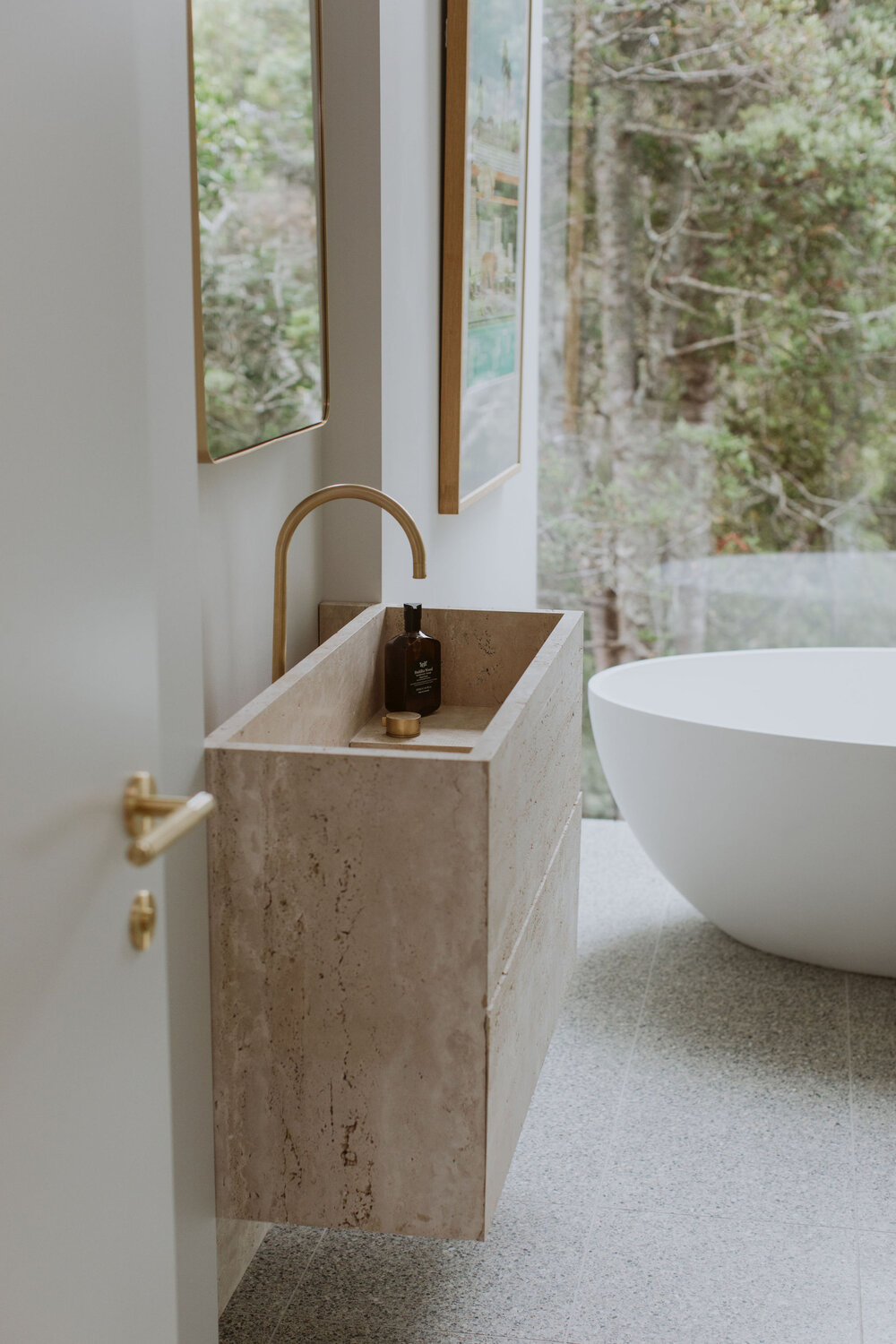
Recommended areas of use
- Bathroom walls and sinks
- Stairs
- Hallway floors
Maintenance tips
The composition of travertine, marble, and limestone are really similar, hence the cleaning procedures and maintenance requirements are essentially the same for all three types of stone.
Use a simple soap and water solution to clean the surface. Do not use vinegar, lemon, or orange cleaning agents, bleach, ammonia, or store-bought products that contain acids, alkalis, or other potentially harmful chemicals.
Conclusion
Embarking on a home renovation journey is a very personal and intimate thing. Choosing the right materials (in this case, natural stones) is important to make sure that you don’t incur unnecessary costs further down the road. Talk to your designer or supplier and do not be afraid to ask for samples. We hope that this guide will assist you in the process of building your dream home.
The information in this article is kindly provided by the material experts, Material Dada. Material Dada is a new platform that provides design professionals with the necessary tools to carry out a fuss-free and seamless experience in sourcing materials and free samples.
Read next from Decor Advice
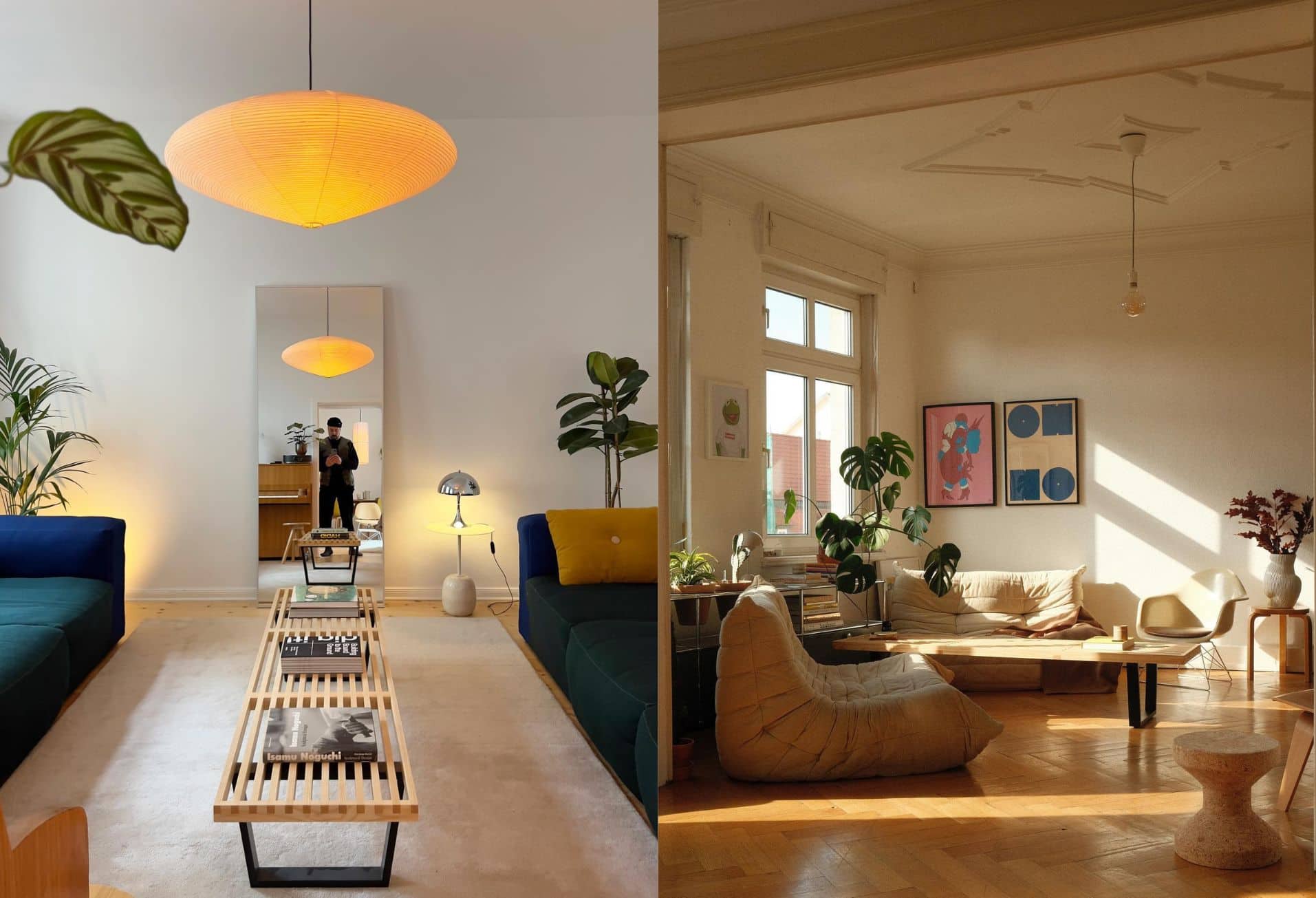
Editor's Picks 6 Stylish Coffee Table (Bench) Alternatives If You Have A Small Home
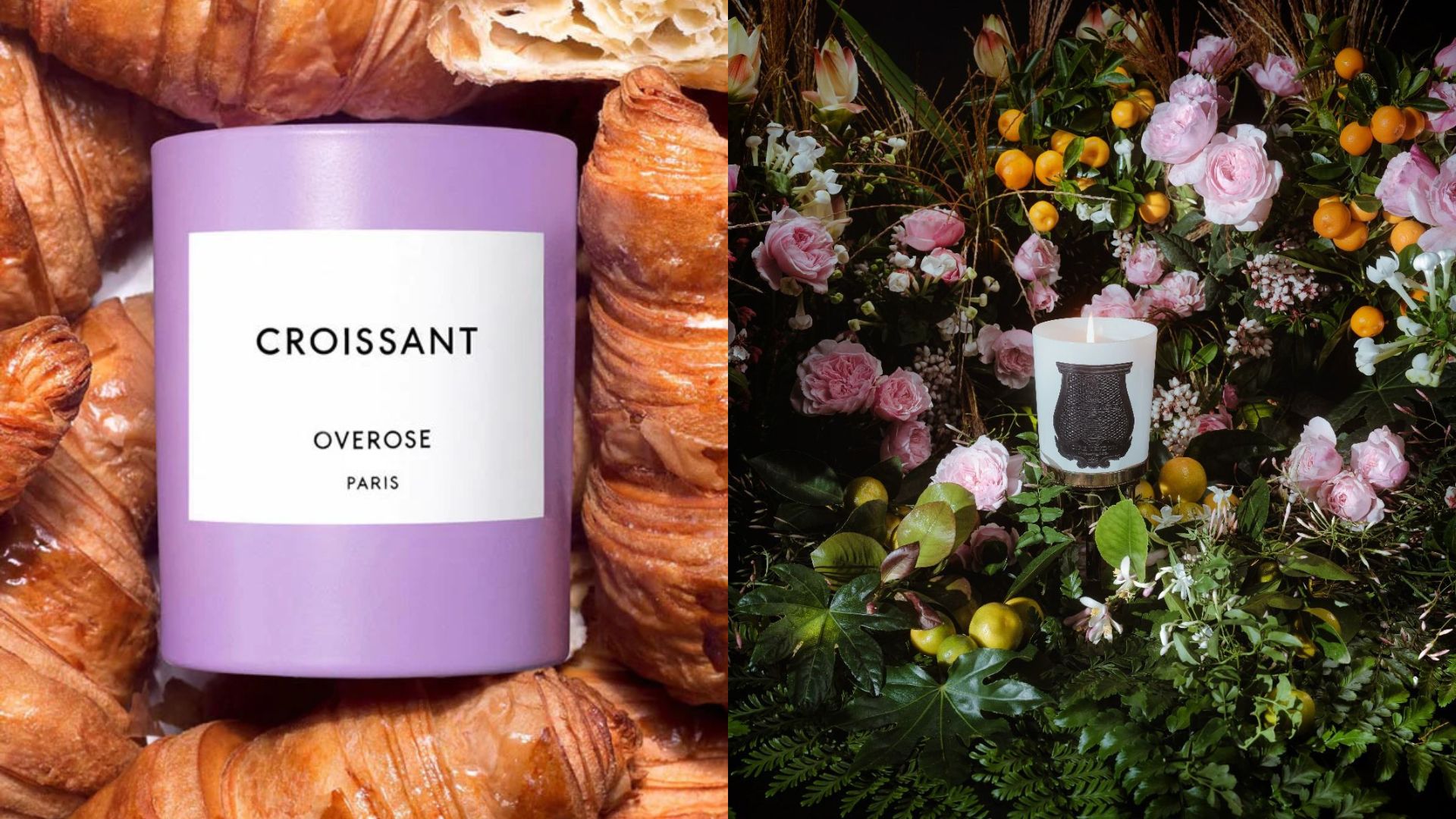
Design 9 Most Unusual Candles To Decorate Your Home (Or Make A Great Gift)
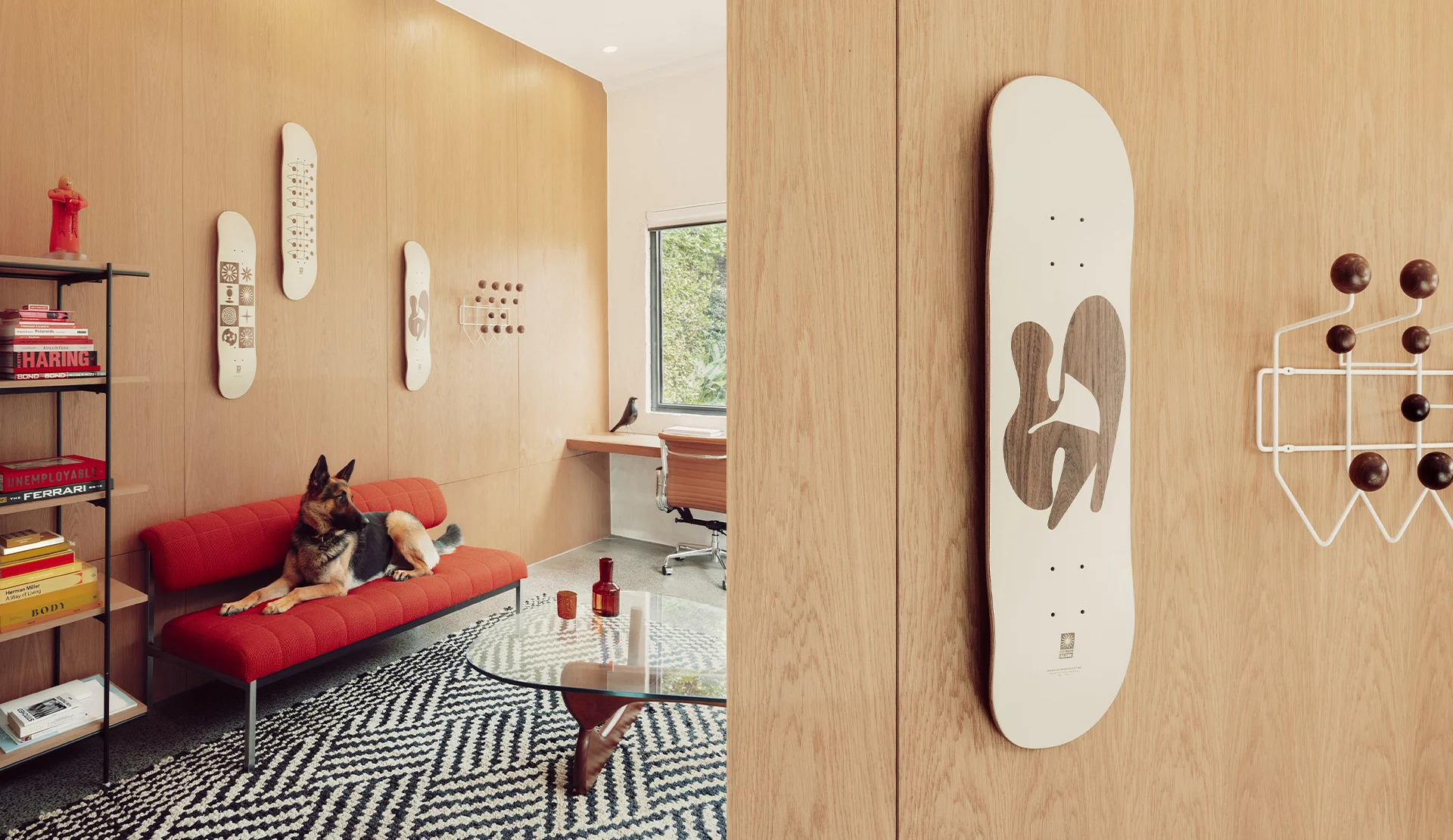
Design The Coolest 6 Home Decor Releases You Need to Know About in 2023
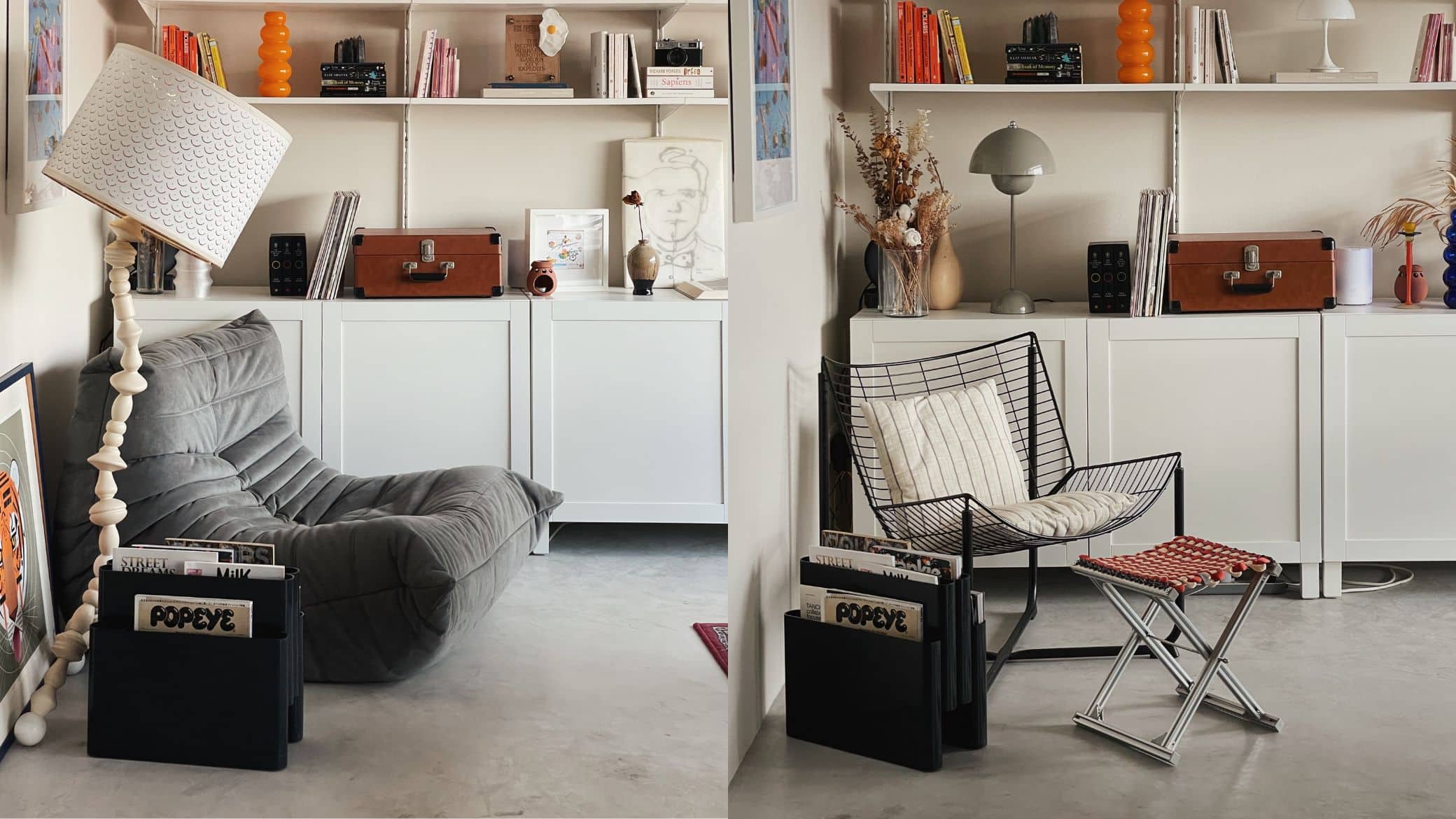
Design 8 Creative Home Decor Ideas To Create A Unique Space
Latest Posts
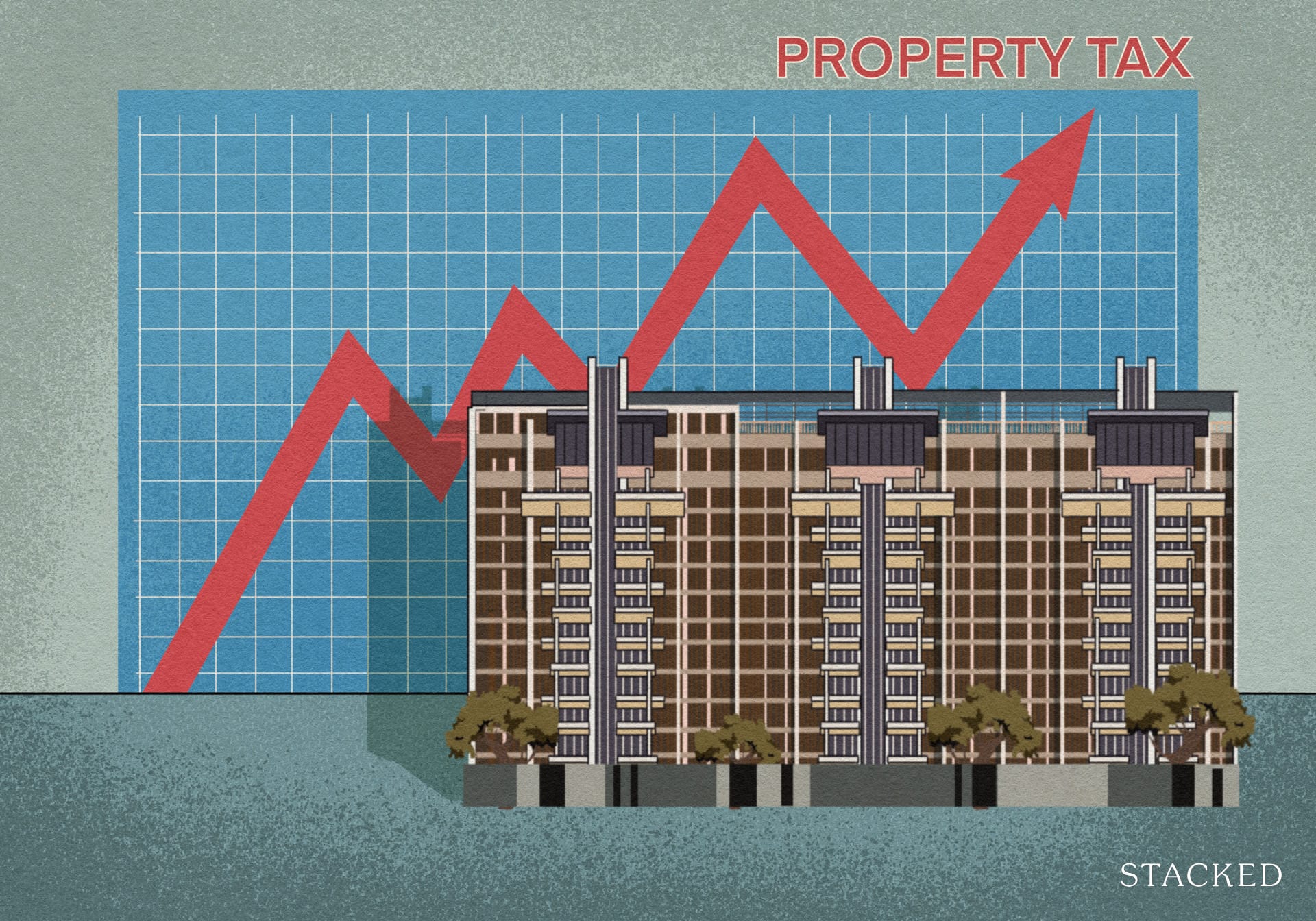
Singapore Property News Higher 2025 Seller’s Stamp Duty Rates Just Dropped: Should Buyers And Sellers Be Worried?
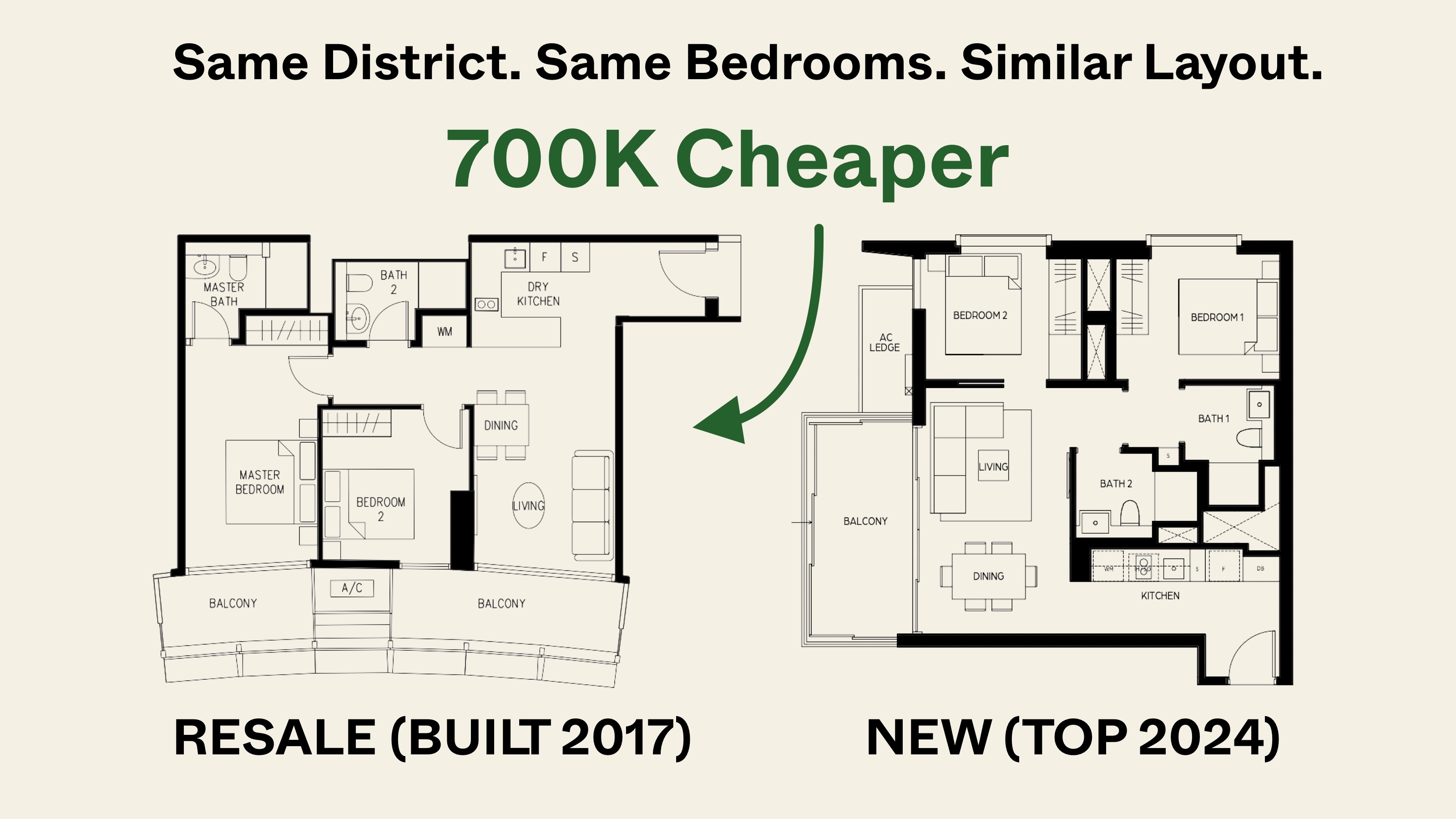
Pro Same Location, But Over $700k Cheaper: We Compare New Launch Vs Resale Condos In District 7

Property Trends Why Upgrading From An HDB Is Harder (And Riskier) Than It Was Since Covid

Property Market Commentary A First-Time Condo Buyer’s Guide To Evaluating Property Developers In Singapore

New Launch Condo Analysis This Rare 999-Year New Launch Condo Is The Redevelopment Of Robertson Walk. Is Robertson Opus Worth A Look?
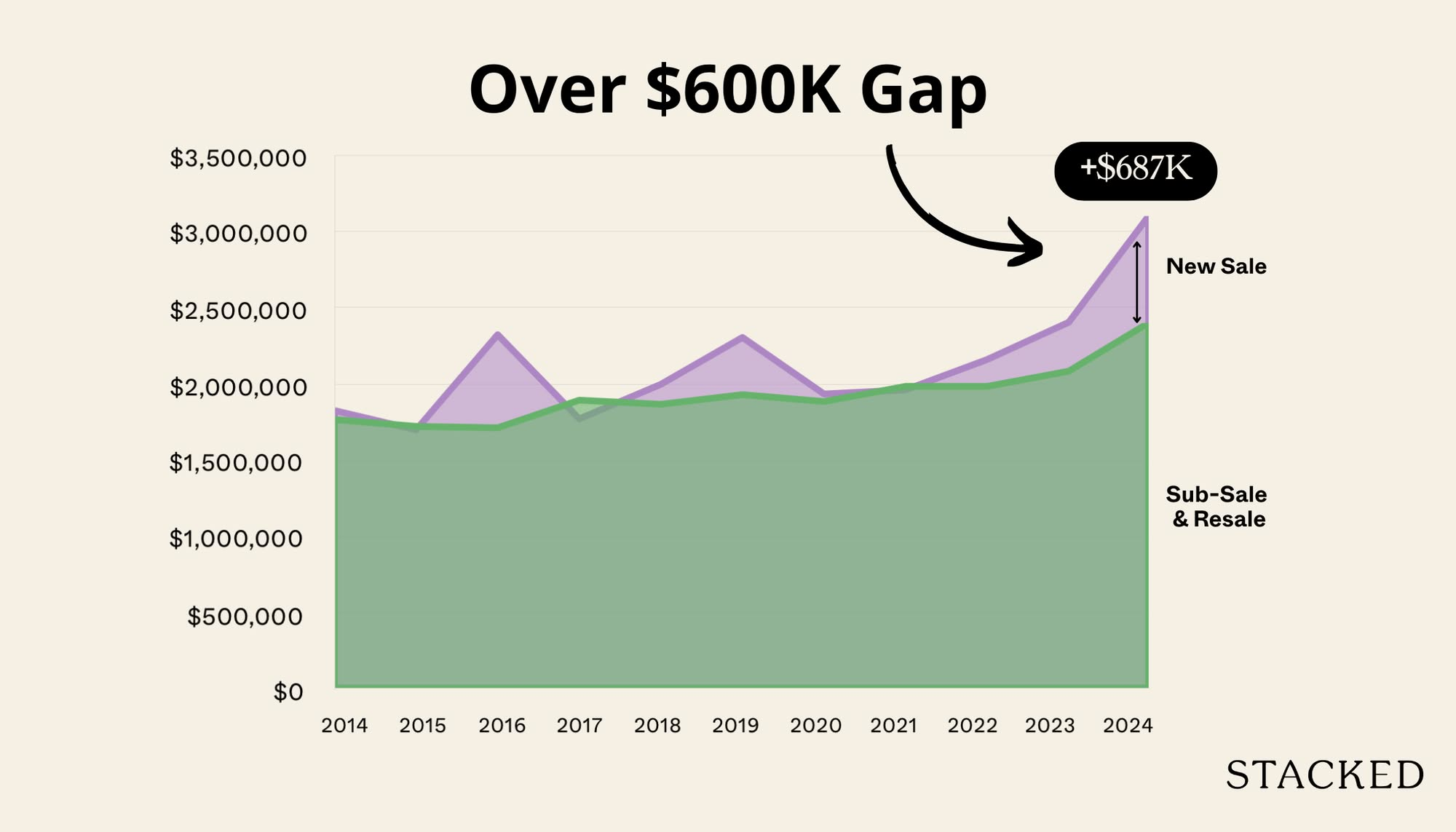
Pro We Compared New Vs Resale Condo Prices In District 10—Here’s Why New 2-Bedders Now Cost Over $600K More

Singapore Property News They Paid Rent On Time—And Still Got Evicted. Here’s The Messy Truth About Subletting In Singapore.

New Launch Condo Reviews LyndenWoods Condo Review: 343 Units, 3 Pools, And A Pickleball Court From $1.39m

Landed Home Tours We Tour Affordable Freehold Landed Homes In Balestier From $3.4m (From Jalan Ampas To Boon Teck Road)

Singapore Property News Is Our Housing Policy Secretly Singapore’s Most Effective Birth Control?

Property Market Commentary Why More Young Families Are Moving to Pasir Ris (Hint: It’s Not Just About the New EC)
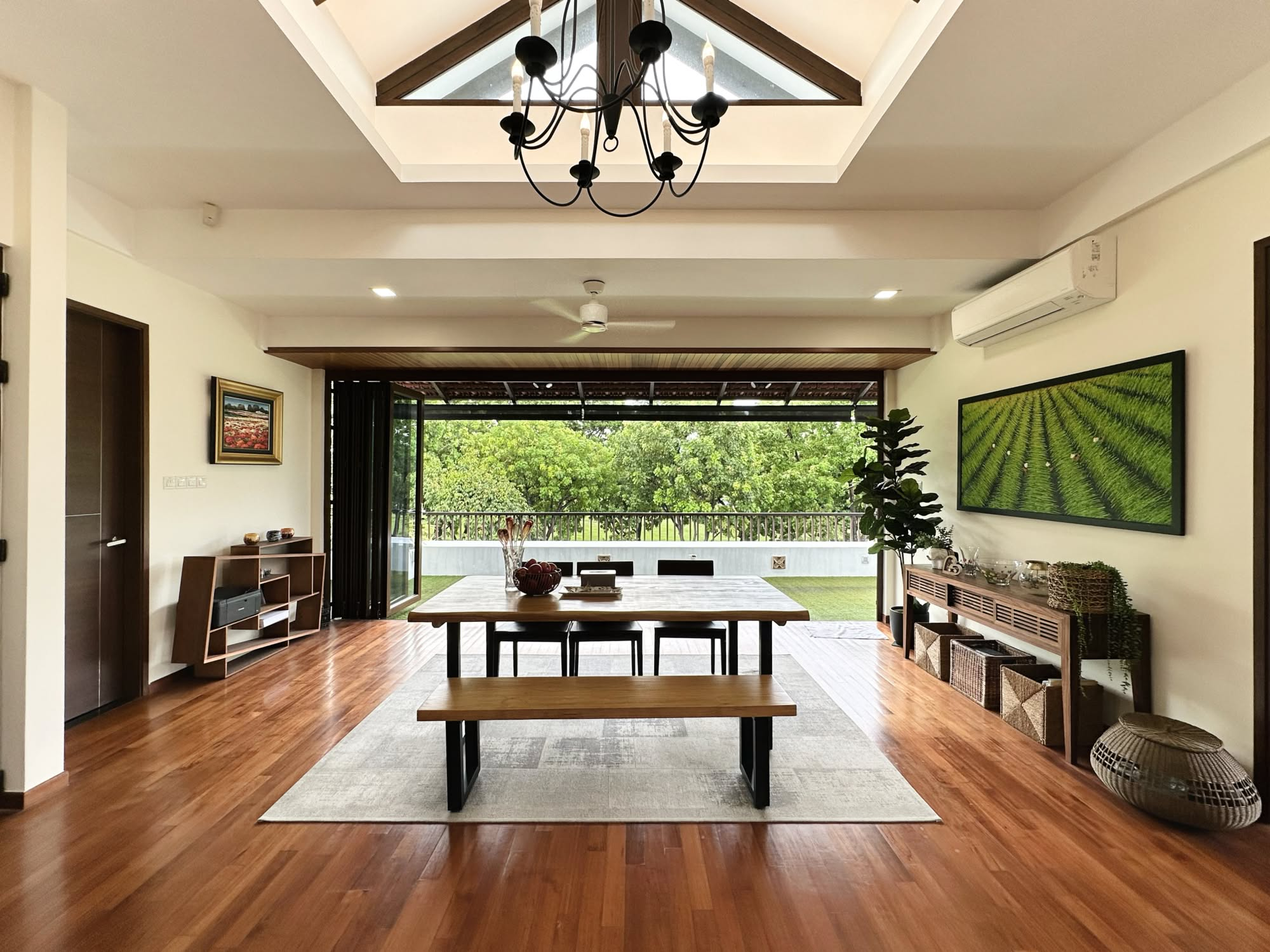
On The Market A 10,000 Sq Ft Freehold Landed Home In The East Is On The Market For $10.8M: Here’s A Closer Look
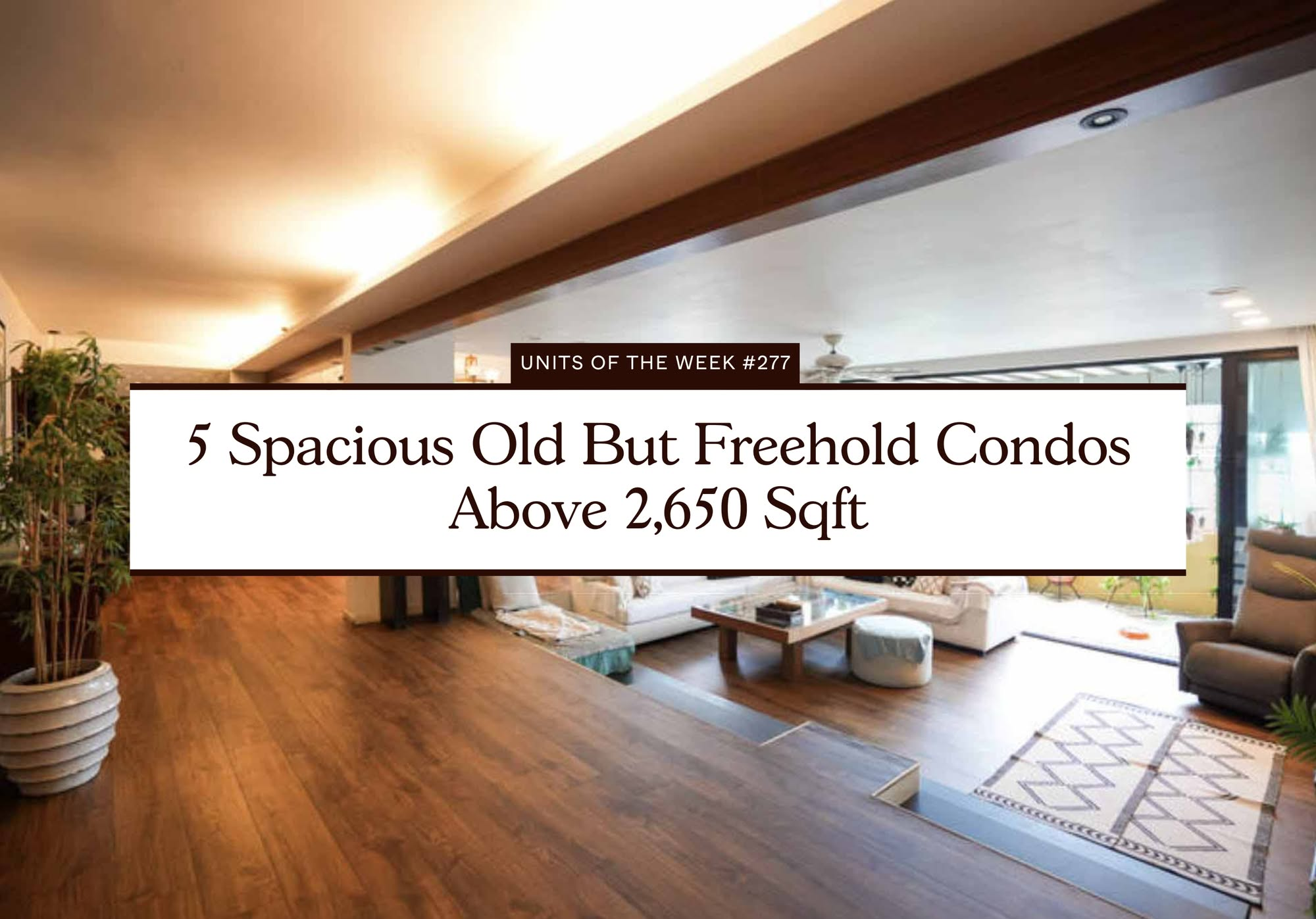
On The Market 5 Spacious Old But Freehold Condos Above 2,650 Sqft

Property Investment Insights We Compared New Launch And Resale Condo Prices Across Districts—Here’s Where The Price Gaps Are The Biggest

Pro Similar Layout, Same District—But Over $500K Cheaper? We Compare New Launch Vs Resale Condos In District 5


